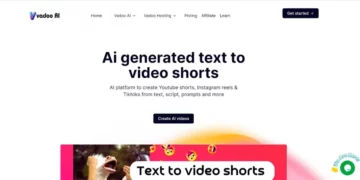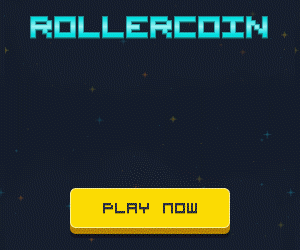Microsoft and OpenAI have partnered up to explore the possibility of using the ChatGPT language model to control robots and drones using natural language.
By doing so, the companies aim to simplify interactions between people and machines, without the need for complex programming languages.
The goal is to enable ChatGPT to control robots, making it easier for people to interact with them, and improve communication through the implementation of artificial intelligence developed by OpenAI.
New Design Principles
Microsoft has released a paper that outlines a new set of design principles that utilizes ChatGPT to give instructions to robots.
The process involves defining a list of high-level tasks that the robot can perform, writing an instruction that ChatGPT translates into the robot’s language, and then running a simulation in which the robot follows the instructions.
The result is adjusted until the robot learns to do it correctly, and the code is then deployed to the robot.
Potential Risks
While the idea of communicating with robots using natural language is appealing, there are concerns about the potential risks associated with AI-driven robots.
An example of this is Microsoft’s earlier experiment that resulted in an unbalanced chatbot that propagated racism and plans for world domination.
Despite the dangers, this collaboration between Microsoft and OpenAI represents a step forward in robotics.
The Benefits of AI-driven Robots
Undoubtedly, the implementation of AI in robots could make them more useful in a variety of tasks in different environments. However, before ChatGPT controls robots in the physical world, it is essential to work on security and address any issues that may arise.
Microsoft engineers are aware of this and are working to ensure that the technology is safe and reliable.
The Future of Robotics
“Have you ever wanted to tell a robot what to do using its own words, just as you would a human? Wouldn’t it be great to be able to tell your robotic home assistant, ‘Heat up my food’ and have it find the microwave on its own?” wrote Microsoft on its blog. The company chose ChatGPT as a high-end option for this project.
The challenge is to help AI solve problems in a “human” manner. Microsoft says “we need people to interact with robots more easily, without the need to study robotic systems or programming languages. The key task right here is to educate ChatGPT on how to solve problems by using thinking about the laws of physics, the context of the working surroundings, and the way the robotic’s bodily actions can trade the nation of the sector.”
In the drone case, the AI accessed the features that control the unmanned vehicle and even took a selfie.
“We gave ChatGPT access to functions that manipulate a real drone and it turned out to be a fully intuitive language-based interface between human and robot. ChatGPT requested clarifying questions when the person’s instructions were ambiguous and wrote complicated code systems for the drone, along with a zig-zag sample to visually look at cabinets.”
The accuracy that the synthetic intelligence has in moving the drone is very high.
“We also used ChatGPT in a simulated commercial enterprise inspection situation with Microsoft’s AirSim simulator. The model was capable of efficiently analyzing the consumer’s excessive-degree purpose and geometric cues to manipulate the drone as it should be,” the company concludes.
Conclusion
The collaboration between Microsoft and OpenAI in exploring the potential of ChatGPT in controlling robots is an exciting development in the field of robotics.
While there are risks and challenges that need to be addressed, the potential benefits of this technology are enormous. With ChatGPT controlling robots, people could communicate with these machines just like they would with humans, making it more intuitive and natural.
This technology could change the way we interact with robots and make them more useful in a variety of tasks, improving our lives in the process.
Try one better than ChatGPT HERE!
Disclaimer: Some of the links on this page could be affiliate links, where I earn a commission if you make a purchase via my link. This helps me continue to create the free content that I put out.
Follow us on our social networks and keep up with everything that happens in the Metaverse!
Twitter Linkedin Facebook Telegram Instagram Google News












































